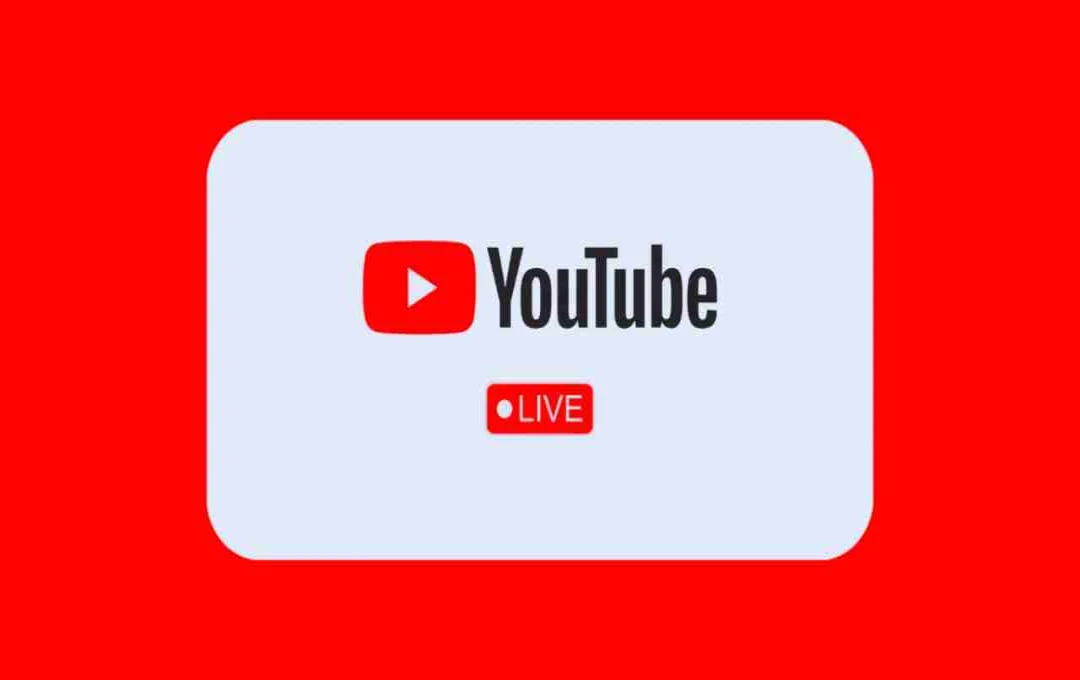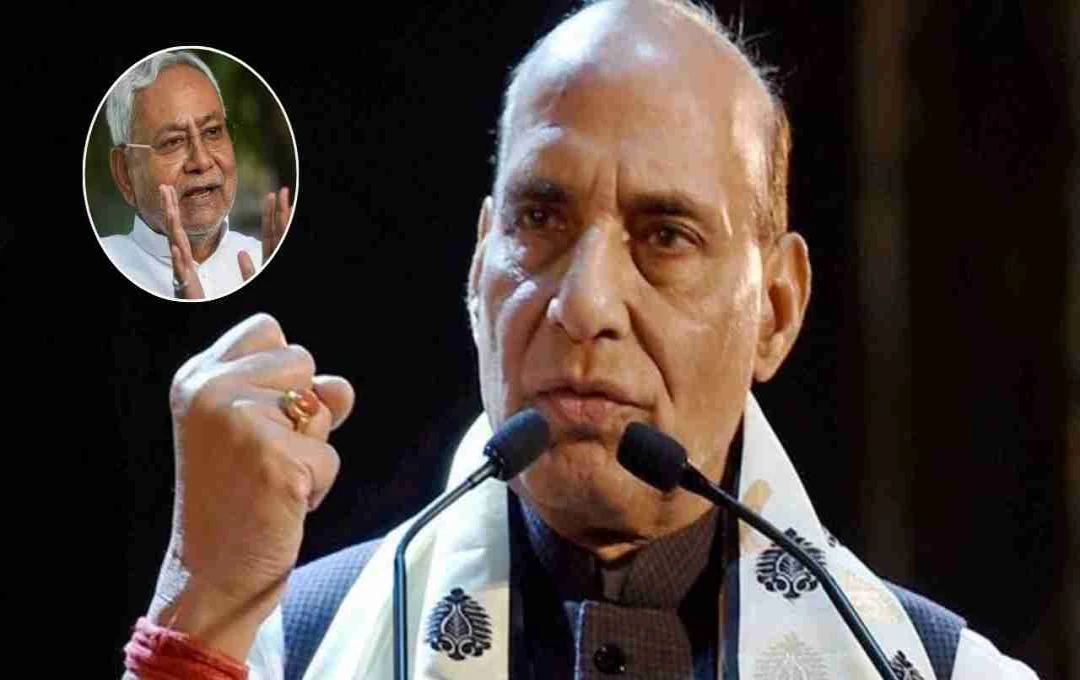YouTube has restricted solo live streaming for children under 16, effective July 22, 2025. They will now be required to stream under adult supervision, promoting digital safety.
YouTube New Rule: YouTube has made a significant decision regarding the online safety of minors. The platform has updated its live streaming policy, clarifying that creators under the age of 16 will no longer be able to live stream alone. This new rule will be implemented from July 22, 2025, and will impact millions of YouTube users worldwide, especially teenagers who are active through content like gaming, tutorials, or vlogging.
What is YouTube's new rule?
Until now, children aged 13 or older could live stream independently from their channels on YouTube. However, this limit has now been raised to 16 years. This directly means that any YouTuber aged between 13 and 15 will not be able to live stream without the supervision or assistance of an adult.
According to YouTube's new guidelines, if a teenage creator wants to live stream, it will be mandatory to add an adult to their channel as an editor, manager, or owner. This adult will initiate the live stream and take full responsibility for it.
Why was this decision made?
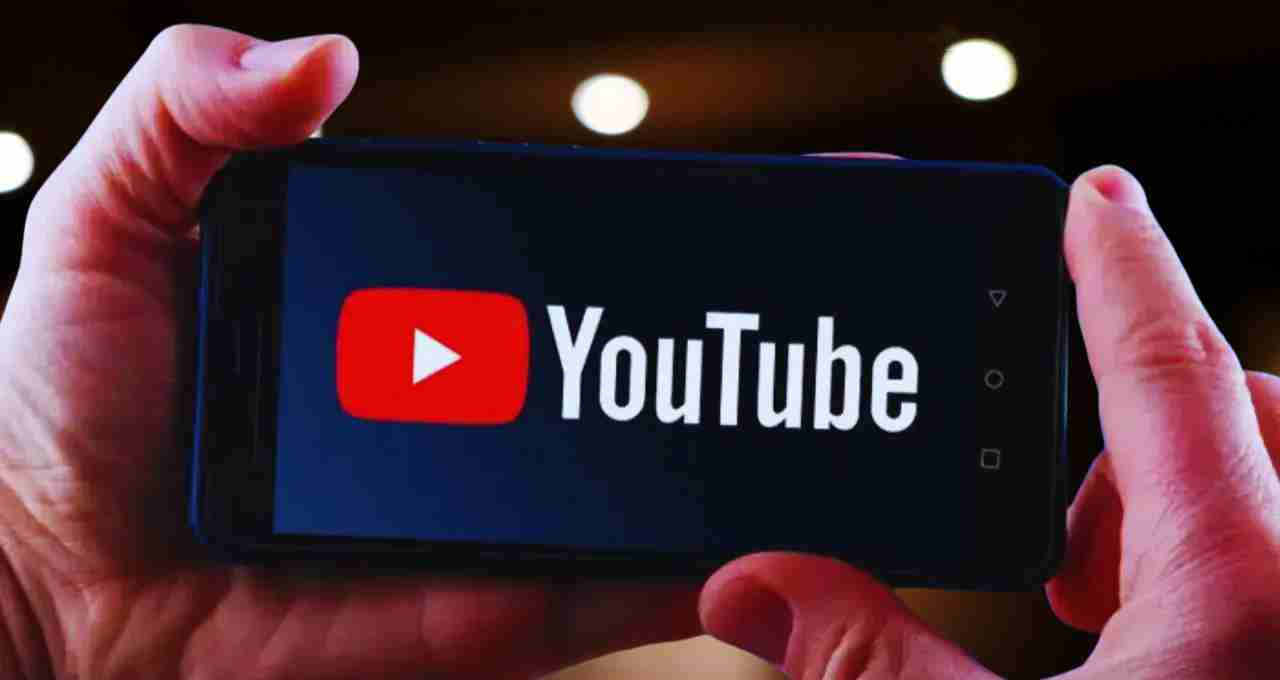
YouTube says that this change has been made to prioritize the online safety of teenagers. In recent years, there have been an increase in cases of cyberbullying, inappropriate chats, and misunderstandings with children during live streaming. Furthermore, live streaming is a medium where content reaches the audience directly without any editing. In such a scenario, this step is considered necessary to protect young children from potential dangers.
New Trend: YouTube moving towards family live streaming
This decision may lead to an increase in the trend of live streaming with family. Parents will now play an important role in managing children's channels. This will not only ensure the safety of children but also increase the participation of families on digital platforms like YouTube.
The biggest advantage of this will be that children will not be alone online. Parents will be able to provide them with technical support as well as moral guidance on what to say during live streaming, what topics to avoid, and how to communicate with the audience.
What will be the benefits of this change?
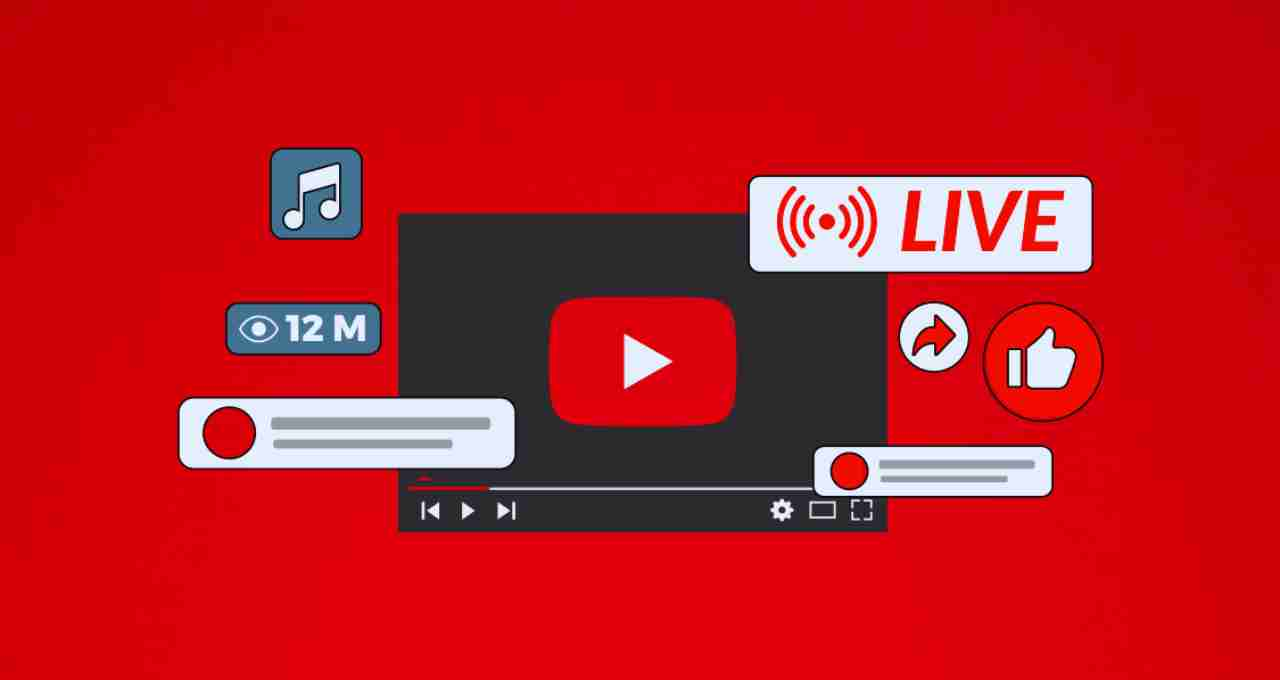
- Improved online safety: Young children will be protected from unknown viewers, inappropriate comments, and live trolling.
- Promotion of digital parenting: Parents will now be a part of their children's digital activities, which will improve family understanding and communication.
- Sense of responsibility: Children will take live streaming seriously and understand its technical and ethical aspects.
- Joint creativity: Family content creation will be promoted, which can be a new and positive trend in today's digital world.
But there are also some challenges
Although this rule is a right step from a safety point of view, it can also lead to some practical problems:
- Privacy concerns: During live streaming, family members will have to decide to what extent private life should be shown on-screen.
- Technical limitations: Not every parent is familiar with technical things like live setup, OBS software, camera, or microphone, which can cause trouble initially.
- Obstacles to creative freedom: Some young creators who like to work alone may now have to make changes to their content.
- Need for an adult: Not every child can find an adult with them who is not only technically competent but also regularly available.
How will this affect India?
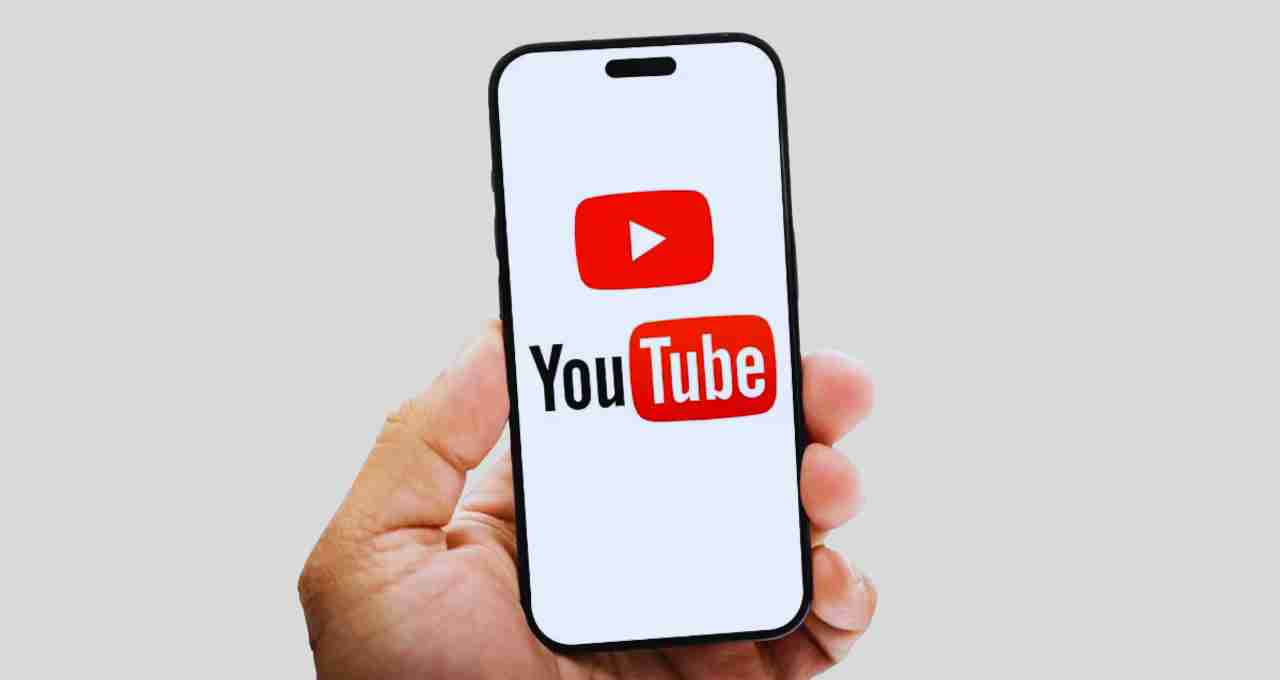
India has millions of YouTube users and a large number of teenage creators are active—whether it's gaming, dance, music, or educational content. Now, these teen creators will have to go live with the help of their parents or a trusted adult. This will not only increase the safety of children, but for small YouTube channels, it can also become an added responsibility.
What should YouTube creators do?
- If you or your children are in the 13-15 age group, the following steps may be necessary:
- Update channel settings and add an adult as a 'manager' or 'editor'.
- Rehearse once before live streaming and understand YouTube's new guidelines properly.
- Follow the content policy and make sure that no sensitive or inappropriate topic is streamed.
- Have open conversations in the family about what to show and what not to show in live streaming.
